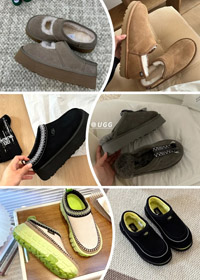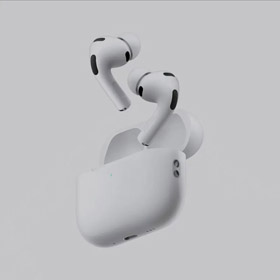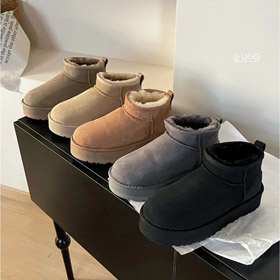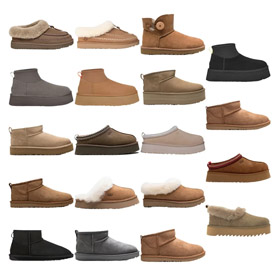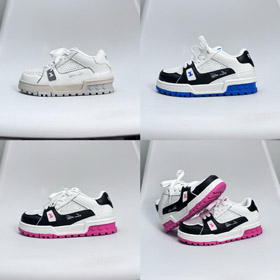Home >
The Evolution of Gucci: A Timeless Fashion Empire
The Evolution of Gucci: A Timeless Fashion Empire
2025-04-11
Gucci, a name synonymous with luxury and style, has a rich and storied history that spans over a century. The brand's journey began in 1921 when Guccio Gucci founded a small leather goods shop in Florence, Italy. Initially, the store specialized in high-quality leather luggage, handbags, and accessories, catering to the needs of wealthy travelers and aristocrats.
Guccio Gucci's attention to detail, craftsmanship, and use of premium materials quickly gained him a reputation for excellence. His designs were characterized by their elegant simplicity and timeless appeal, setting the foundation for the brand's future success. In the 1930s and 1940s, Gucci expanded its product line to include shoes, clothing, and jewelry, further solidifying its position as a leading luxury brand.
One of the brand's most iconic designs, the GG logo, was introduced in the 1960s. The double-G logo, inspired by Guccio Gucci's initials, became an instant symbol of luxury and sophistication. It was featured prominently on the brand's products, including handbags, wallets, and clothing, and helped to establish Gucci as a global fashion powerhouse.
In the 1970s and 1980s, Gucci continued to grow and expand its global reach. The brand opened stores in major cities around the world, including New York, Paris, and Tokyo, and became a favorite among celebrities and fashion influencers. During this time, Gucci also introduced several new product lines, including watches, fragrances, and home decor, further diversifying its offerings.
However, in the 1990s, Gucci faced a series of challenges, including financial difficulties and a decline in brand image. The brand's once-strong reputation for quality and luxury had been tarnished by overexposure and a lack of innovation. In 1994, Tom Ford was appointed creative director of Gucci, and he set out to revitalize the brand.
Ford's designs were bold, sexy, and provocative, and they quickly captured the attention of the fashion world. He introduced a new aesthetic to Gucci, characterized by its use of animal prints, bold colors, and daring silhouettes. Ford also expanded the brand's product line to include ready-to-wear clothing, accessories, and beauty products, and he helped to reposition Gucci as a leading fashion brand.
Under Ford's leadership, Gucci experienced a remarkable turnaround. The brand's sales increased dramatically, and it regained its status as a global fashion powerhouse. In 2004, Ford left Gucci, and the brand faced a new set of challenges. However, under the leadership of new creative directors, including Frida Giannini and Alessandro Michele, Gucci has continued to evolve and innovate.
Today, Gucci is one of the most recognized and respected luxury brands in the world. The brand's products are sold in over 100 countries, and it has a loyal following of customers who appreciate its quality, craftsmanship, and style. Whether you're looking for a classic handbag, a trendy piece of clothing, or a statement accessory, Gucci has something to offer. And if you're interested in exploring the latest Gucci products, be sure to check out Mulebuy Spreadsheet, where you can find a wide range of high-quality, affordable products from China.














